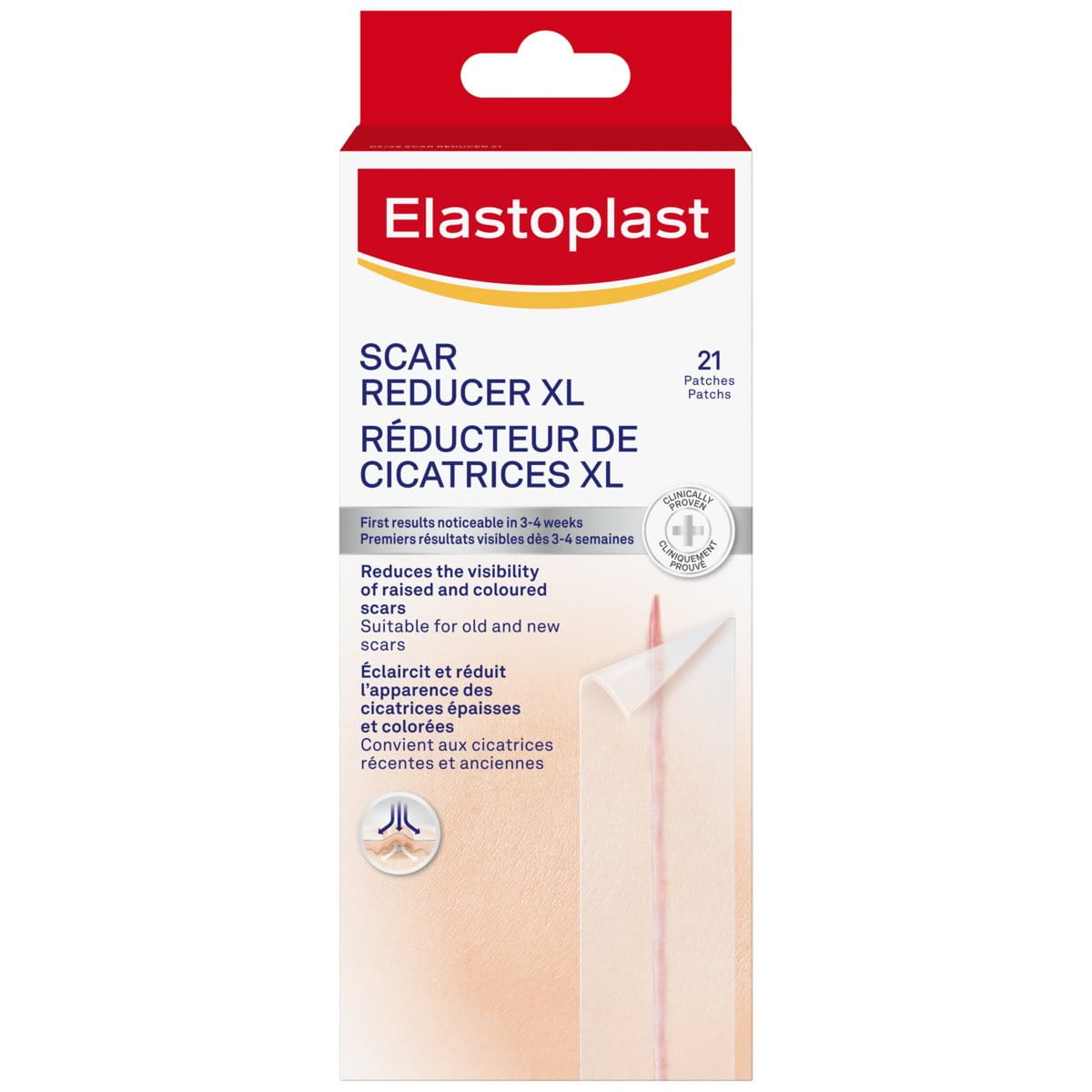01 Myth
"Do wounds heal better when exposed to air?"
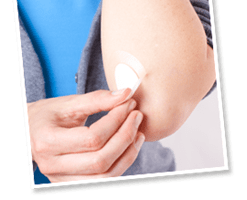
This is a myth that has persisted for decades. Surprising, as the top priority of wound care should always be to keep a wound as clean, germ-free and protected as possible.That is why after having cleaned the wound with a wound spray (free of alcohol, so that it doesn't hurt) one should always apply an adhesive bandage on the injured area!
All Elastoplast adhesive bandages are breathable and protect the wound from external influences, so that dirt and bacteria cannot penetrate and the risk of infection is reduced. In addition, the wound pad of the adhesive bandage will cushion the wound and protect from painful friction and pressure. Result: wound healing can take place as undisturbed as possible.
02 Myth
"Adhesive bandages are a possible breeding ground for germs"
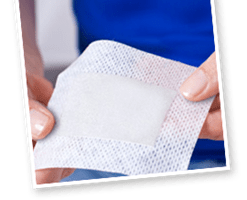
03 Myth
"The better the wound care, the smaller the scar"
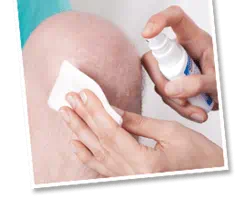
04 Myth
"Slowly healing wounds can be an indication for serious diseases"

05 Myth
"The deeper the wound, the greater the pain"

06 Myth
"Wounds just need an adhesive bandage on day one"
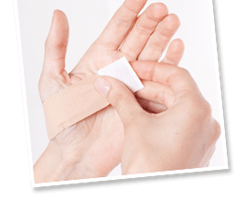
Many people tend to apply an adhesive bandage in the acute phase of the injury only, that is, just until the bleeding has stopped. Then the adhesive bandage is removed and discarded as quickly as possible in order "to let the wound breathe".
Scientific studies have shown, however, that in most cases wound healing will proceed better and without complications if the wound is protected with an adhesive bandage until they have healed off completely.
It is recommended to change your adhesive bandage every day or to renew it after it has gotten wet, for hygiene reasons.
07 Myth
"Alcohol cleans and disinfects wounds best"
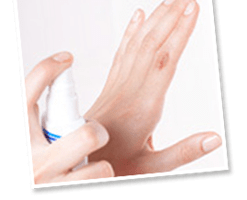
08 Myth
"Seawater supports the healing process"
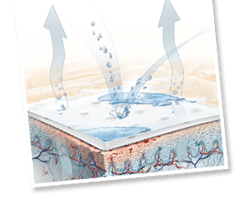
This is a legend that seems to originate from pirate and adventure novels. Even if many of us would love to believe this romantic theory: we are afraid to have to tell you that it is not true.
What many people do not consider is that sea water may be severely contaminated, especially near those coast stretches - with a variety of highly unsavoury germs or chemicals "swimming" in it. Both of which would contribute significantly to the risk of an infection and can delay wound healing. In addition, contact with water will swell the skin, which may affect the process of wound closure. In this case, bacteria and germs may easily enter the wound and the risk of wound infection would be increased even more.
09 Myth
"Wounds itch when healing"
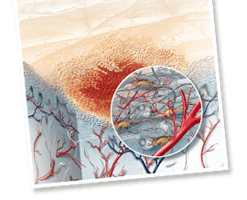
We all know the feeling: some time after an injury, the affected area will begin to tingle and itch. This goes especially for superficial wounds.
And yes – in fact, this itching may indicate that the healing process is well on its way.
But do watch out! Should your wound be very red, suppurate, or the itching turns into a throbbing sensation, you should definitely consult a doctor because these could be signs of an infection that should be treated medically as soon as possible.
10 Myth
"Small wounds don’t need to be treated"

Conclusion: Put an adhesive bandage on it!
“Taking proper care of your injury can accomplish almost small miracles when it comes to your skin; especially if you use the right adhesive bandage to cover it. That is why it is worthwhile to always have adhesive bandages in different sizes at hand, so you are prepared for all eventualities.”
We hope to have clarified a few misconceptions on the topic of wound care and brought you up to date, so that you and your family can benefit from it. Take good care!
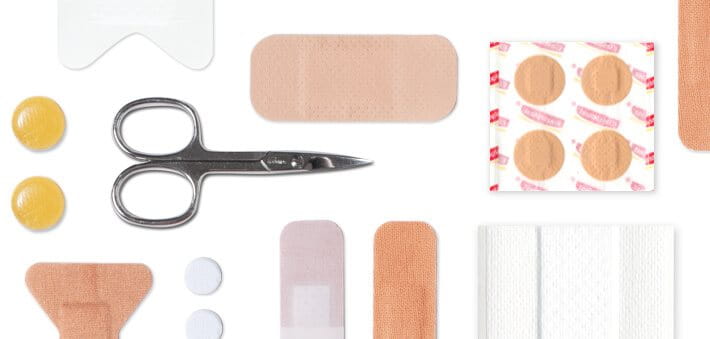
Last but not least...
...we would like to point out that all of the above given tips have been compiled carefully, but naturally cannot substitute medical advice and treatment. This applies most notably for larger and large injuries which in any event require medical care. Please always read the instructions for use and/or the patient information leaflet of our products carefully to make the best use of them. Thank you.
